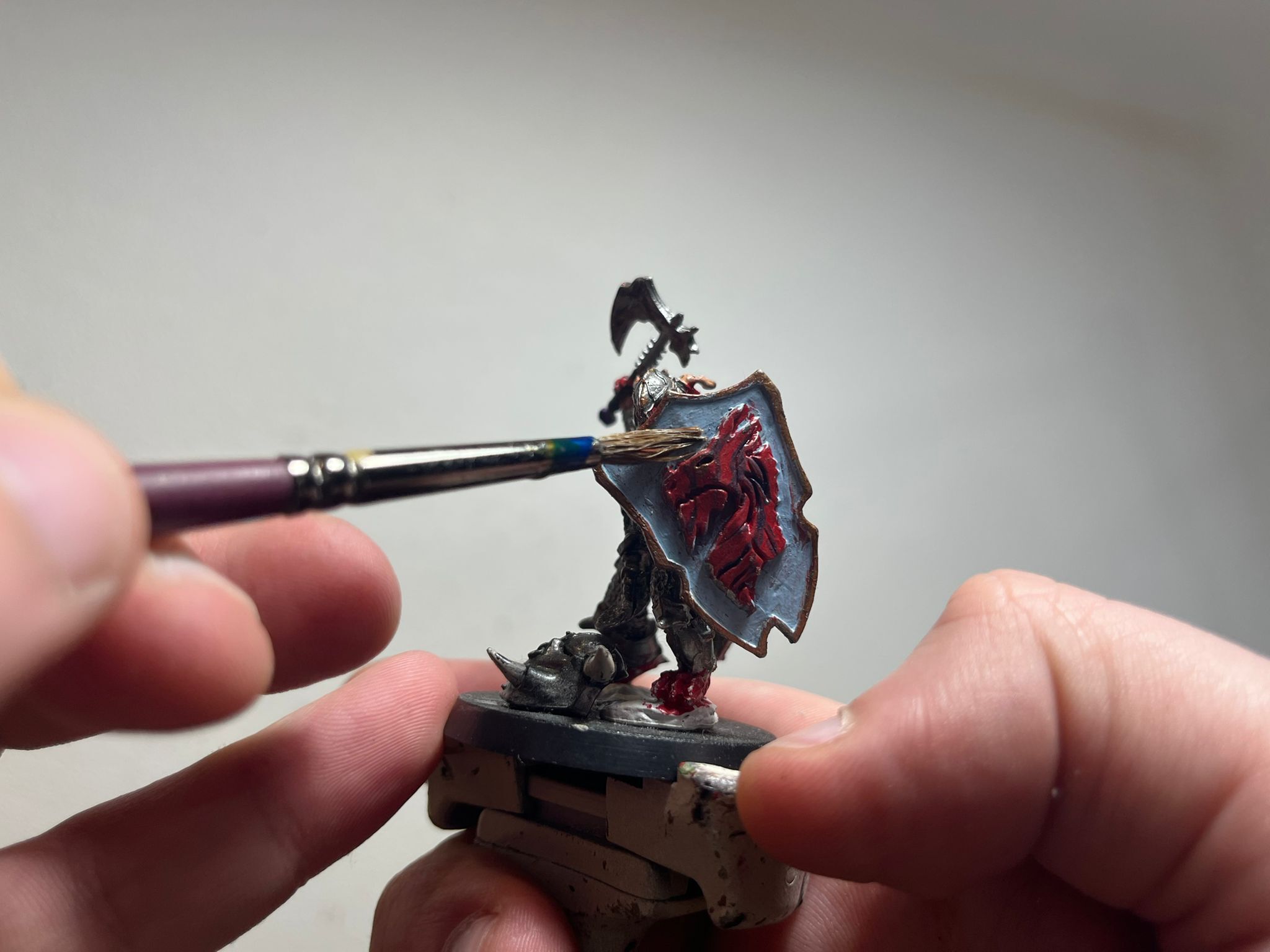
The Brandenburg Gate, located in the heart of Berlin, is one of the most iconic landmarks in Germany. Standing as a symbol of history, unity, and resilience, this magnificent structure has captivated visitors from all over the world for centuries. Built in the late 18th century, the Brandenburg Gate has witnessed countless historic events, serving as a witness to the turbulent past of Berlin and the nation.
In this article, we will delve into 18 astonishing facts about the Brandenburg Gate that you might not have known. From its architectural brilliance to its significance as a symbol of peace and reconciliation, each fact will shed light on the rich history and cultural importance of this awe-inspiring monument. So, let’s take a closer look at this iconic landmark and discover the fascinating stories it has to tell.
Key Takeaways:
- The Brandenburg Gate in Berlin is a symbol of unity and peace, witnessing historical events and serving as a beacon of hope for the future.
- The gate’s architectural marvel, historical significance, and cultural importance make it a must-visit landmark, showcasing the resilience and triumph of the human spirit.
Symbol of Unity
The Brandenburg Gate, located in Berlin, Germany, is an iconic symbol of unity and peace.
Historical Landmark
Constructed in the late 18th century, the Brandenburg Gate has witnessed significant historical events that shaped Germany’s history.
Architectural Marvel
The gate stands at a height of 26 meters and features twelve Doric columns, forming five impressive passageways.
Quintessential Berlin
Considered the ultimate symbol of Berlin, the Brandenburg Gate is featured prominently on countless souvenirs and tourist attractions.
Cold War Symbolism
During the Cold War, the Berlin Wall ran alongside the Brandenburg Gate, making it a potent symbol of the divided city.
Unification Moment
Following the fall of the Berlin Wall in 1989, the Brandenburg Gate became the site of joyous celebrations, marking the reunification of East and West Germany.
Historical Closure
Between 1961 and 1989, the Brandenburg Gate remained inaccessible due to its location in the heavily guarded “no man’s land” of the Berlin Wall.
Iconic Quadriga
Above the Brandenburg Gate’s central arch stands the Quadriga, a bronze chariot pulled by four horses, symbolizing victory.
Napoleonic Influence
French Emperor Napoleon Bonaparte ordered the Quadriga’s relocation to Paris during his 1806 occupation of Berlin. It was only returned in 1814.
Ancient Greek Inspiration
The design of the Brandenburg Gate was influenced by the Propylaea, the monumental gate of the Acropolis in Athens, Greece.
Historic Speeches
The Brandenburg Gate has been the location of significant speeches, including President Ronald Reagan’s famous “Tear down this wall!” address during the Cold War.
Cultural Events
The gate serves as a popular venue for concerts, festivals, and other cultural events, attracting both locals and tourists alike.
Illuminated Landmark
The Brandenburg Gate is beautifully illuminated at night, enhancing its majestic presence and making it a favorite spot for photographers.
Victory Column Link
The Brandenburg Gate and the Victory Column (Siegessäule) are visually connected through the grand boulevard known as the “Strasse des Juni.”
Forbidden Access
During the Nazi era, the Brandenburg Gate was off-limits to pedestrians as it became a symbol of Hitler’s regime.
Historical Restoration
After suffering significant damage during World War II, the Brandenburg Gate underwent extensive restoration to restore its original grandeur.
UNESCO Recognition
In 1991, the Brandenburg Gate was designated a UNESCO World Heritage site as part of the historic ensemble of the Museum Island in Berlin.
International Landmark
The Brandenburg Gate is recognized globally and is one of the most visited landmarks in Germany, attracting millions of tourists every year.
These 18 astonishing facts about Brandenburg Gate highlight the historical significance, cultural importance, and symbolic power of this magnificent landmark in Berlin. Whether as a symbol of division during the Cold War or as a beacon of unity after the fall of the Berlin Wall, the Brandenburg Gate has stood witness to pivotal moments in history. Today, it continues to captivate visitors with its architectural grandeur and serves as a reminder of the resilience and triumph of the human spirit.
Visiting the Brandenburg Gate allows one to immerse themselves in the rich history of Berlin and experience firsthand the awe-inspiring presence of this monumental structure. Standing under its arches, one can’t help but feel a sense of reverence for the past and a renewed hope for a future defined by unity and peace.
Conclusion
In conclusion, Brandenburg Gate is a truly remarkable landmark that holds immense historical, cultural, and political significance. Its stunning architecture, symbolic presence, and role in shaping Germany’s history make it a must-visit destination for tourists and history enthusiasts alike. From witnessing major historical events to standing as a powerful symbol of unity and freedom, Brandenburg Gate has become an enduring symbol of resilience and hope.Whether you are marveling at its grandeur during the day or taking in the mesmerizing spectacle of its illuminated facade at night, there is no denying the awe-inspiring beauty and significance of Brandenburg Gate. Don’t miss the opportunity to experience this iconic landmark and delve into its rich history when you visit Berlin. It is a testament to the enduring spirit of a city and its people.
FAQs
Q: What is the history behind Brandenburg Gate?
A: Brandenburg Gate was originally built as a symbol of peace in the late 18th century. Throughout history, it has witnessed significant events, including the division and subsequent reunification of Germany.
Q: Can visitors go inside the Brandenburg Gate?
A: Visitors cannot go inside the Brandenburg Gate itself but can walk through the monumental arch and explore the surrounding area.
Q: Are there any entrance fees to visit Brandenburg Gate?
A: No, there are no entrance fees to visit Brandenburg Gate. It is a public monument and can be visited free of charge.
Q: What is the best time to visit Brandenburg Gate?
A: Brandenburg Gate is beautiful to visit at any time of the year, but it is especially breathtaking during sunset and at night when it is illuminated.
Q: Are there any guided tours available for Brandenburg Gate?
A: Yes, there are several guided tours available that provide fascinating insights into the history and significance of the Brandenburg Gate, allowing visitors to gain a deeper understanding of this iconic landmark.
Q: Is Brandenburg Gate accessible for individuals with disabilities?
A: Yes, Brandenburg Gate is accessible for individuals with disabilities, with wheelchair ramps and accessible pathways available.
Q: Can I take photographs at Brandenburg Gate?
A: Absolutely! Visitors are welcome to take photographs and capture the beauty of Brandenburg Gate.
Brandenburg Gate's rich history and symbolism make it a must-see attraction for anyone visiting Berlin. This iconic landmark has witnessed centuries of tumultuous events, standing tall as a testament to the city's resilience and unity. From its architectural grandeur to its cultural significance, Brandenburg Gate offers a fascinating glimpse into Berlin's past and present. If you're eager to learn more about this vibrant city, be sure to check out our other articles that delve deeper into Berlin's captivating history, culture, and attractions.
Was this page helpful?
Our commitment to delivering trustworthy and engaging content is at the heart of what we do. Each fact on our site is contributed by real users like you, bringing a wealth of diverse insights and information. To ensure the highest standards of accuracy and reliability, our dedicated editors meticulously review each submission. This process guarantees that the facts we share are not only fascinating but also credible. Trust in our commitment to quality and authenticity as you explore and learn with us.


